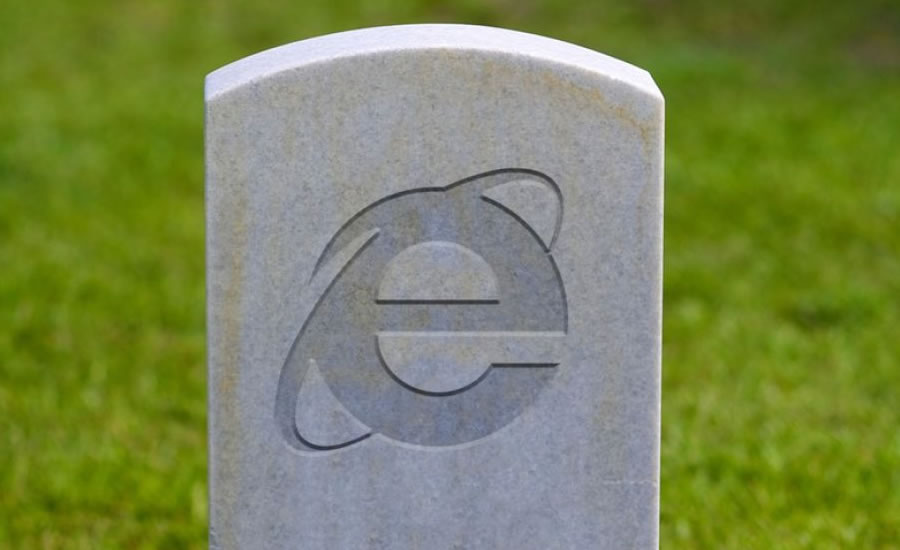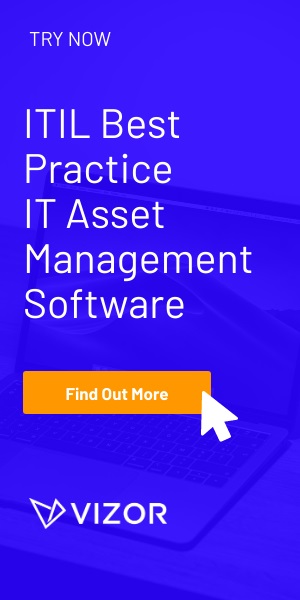How to manage Internet Explorer 8, 9 & 10 end of life
As software vendors’ move towards a service distribution model the pace in which vendors are moving legacy software to end of life appears to be accelerating. Just as IT departments recover from last year’s Windows XP end-of-life, Internet Explorer versions 8, 9, and 10 received their last update in this week’s patch Tuesday (January 12th 2016).
IE 8, 9, and 10 will continue to work but won’t receive any patches or updates placing organisations under threat from potential security attacks in the near future. NetMarketShare report that IE 8, 9, and 10 still account for nearly 20% of web browsing traffic, this is mostly attributed to enterprise use and is a reflection of the burden enterprise IT face in migrating legacy web based line of business systems.
Fortunately a number of solution providers including Vector supply a range of tools to help IT departments migrate away from IE 8, 9, and 10 and other software systems approaching or past their end of life.
Here are some tips to get you started with managing the migration of end of life software.
1. Keep informed on software EOL dates. Software vendors normally warn customers about approaching end of life dates however it’s easy to forget in the day to day struggle of keeping the lights on. Store EOL dates in a software asset management system, such systems will notify you when an EOL date is approaching giving you opportunity to make plans.
2. Discover the size of deployment. Use a network discovery tool to find out the number of installations in your environment. Software metering tools can also tell you the number of users which are actually using the software.
3. Manage compatibility testing. This is particularly important with a platform EOL such as IE. Internal systems which rely on the platform need to be tested for compatibility with the new platform. Ensure that this process is managed by storing any errors in an issue tracking or change management system.






